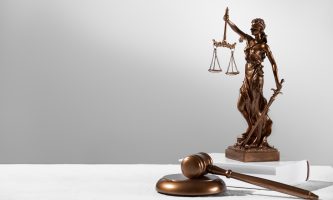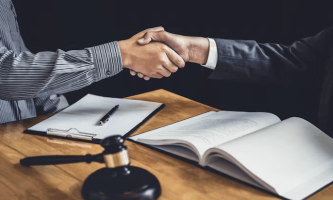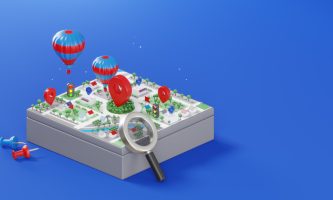Exploring Diverse Types Of Law Firm Collaborations

Law firm collaborations frequently explore collaborations to improve their capabilities and broaden their scope. These collaborations come in shapes and sizes, each tailored to address goals and requirements. In the industry, collaboration takes on forms ranging from partnerships and alliances to mergers and affiliations, each offering distinct advantages and considerations. This article will delve into these collaboration models and their implications for law firms and their clients.
Different Types Of Law Firm Collaborations
Traditional Partnerships
In law firms, the way ownership and management are structured revolves around equity partners. These partners do not just receive a share of the firm’s profits. They also play a role in decision-making. This hierarchical model typically includes partners at experience levels, such as mid-level and senior partners. The main aim of this structure is to encourage a sense of unity and shared responsibility among the partners, fostering collaboration and creating a work environment. Traditional partnerships have always been essential to the industry’s success, reflecting values like accountability and dedication to the firm’s growth and prosperity.
Of Counsel Relationships
Of Counsel relationships in law firms are unique arrangements where attorneys maintain a professional affiliation with a firm but do not hold equity partnerships. These attorneys typically possess specialized skills, knowledge, or experience that can be valuable to the firm and its clients. This flexible structure enables law firms to access additional expertise without the formal commitment of making these attorneys full equity partners. You must know how to make money fast.
The “Of Counsel” title can denote various arrangements, such as experienced retired partners, legal consultants, or experts in specific fields. This relationship benefits both the law firm and the attorneys involved by allowing them to collaborate, share resources, and offer specialized services to clients. It’s a way for firms to expand their knowledge base and capabilities without altering their core structure.
Collaborative Alliances
In the legal field, collaborative partnerships denote the collective endeavors of law firms coming together to deliver shared services to clients. Such partnerships often bring together firms with specialized knowledge in particular fields or extensive operations in specific geographic regions. By pooling their resources and expertise, these firms can provide clients with a wide range of services on a global level. Collaborative partnerships utilize firms’ strengths and abilities to meet clients’ legal needs. These alliances allow law firms to combine resources, exchange practices, and offer clients comprehensive legal solutions and support. Law firm collaborations can make things easier for you.
Virtual Law Firms
Virtual law firms operate without a centralized physical office. Attorneys in virtual firms often work remotely and share resources virtually. This model can reduce overhead costs and offer greater flexibility to lawyers. Clients benefit from lower fees in some cases. Clients may also benefit from virtual law firms.
Virtual law firms often leverage technology for efficient communication and document sharing, providing a seamless and convenient experience for clients. However, it’s crucial to note that these firms demand robust technological infrastructure. Like the ones at the Best Law Firms‘ cutting-edge solutions and cybersecurity measures. To safeguard client data and facilitate effective communication.
Networks And Associations
Law firm networks and associations are integral components of the legal industry, designed to foster collaboration and cooperation among independent law firms. These networks operate under a common brand or affiliation, bringing together multiple firms to provide a wide range of legal services to clients. When a client requires legal services beyond one firm’s expertise or geographic reach, the network can seamlessly refer the client to another member firm capable of meeting their needs.
This enhances the client’s access to comprehensive legal support, even in complex, multi-jurisdictional cases. Resource sharing is another crucial aspect of these networks. Member firms frequently pool their knowledge, best practices, and research, enriching collective expertise and capabilities.
Non-Legal Collaborations
Some law firms collaborate with non-legal entities to enhance their services. One common form of non-legal collaboration involves partnerships with technology companies. Law firms often work with tech companies to harness cutting-edge tools and platforms for legal services. Such collaborations reflect the growing intersection of law and other industries. These partnerships enable law firms to tap into the specialized expertise of non-legal entities, enhancing their services and staying competitive in a technology-driven world.
Conclusion
The legal field is changing, and law firms are adopting collaboration models to remain competitive and offer improved services to their clients. The selection of a collaboration model depends on a firm’s objectives—areas of specialization and geographical presence. By exploring the forms of law firm collaborations, legal professionals can adjust to the evolving landscape.













